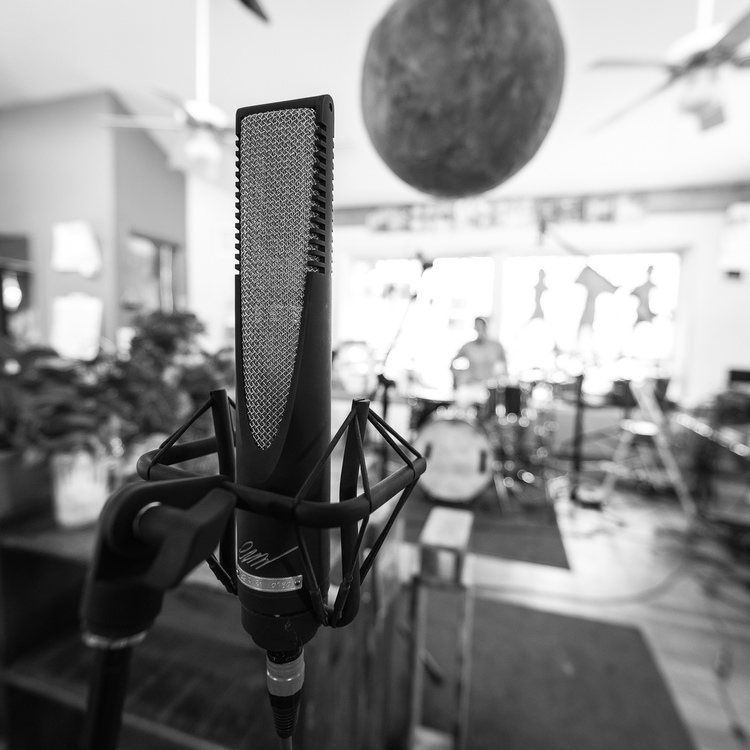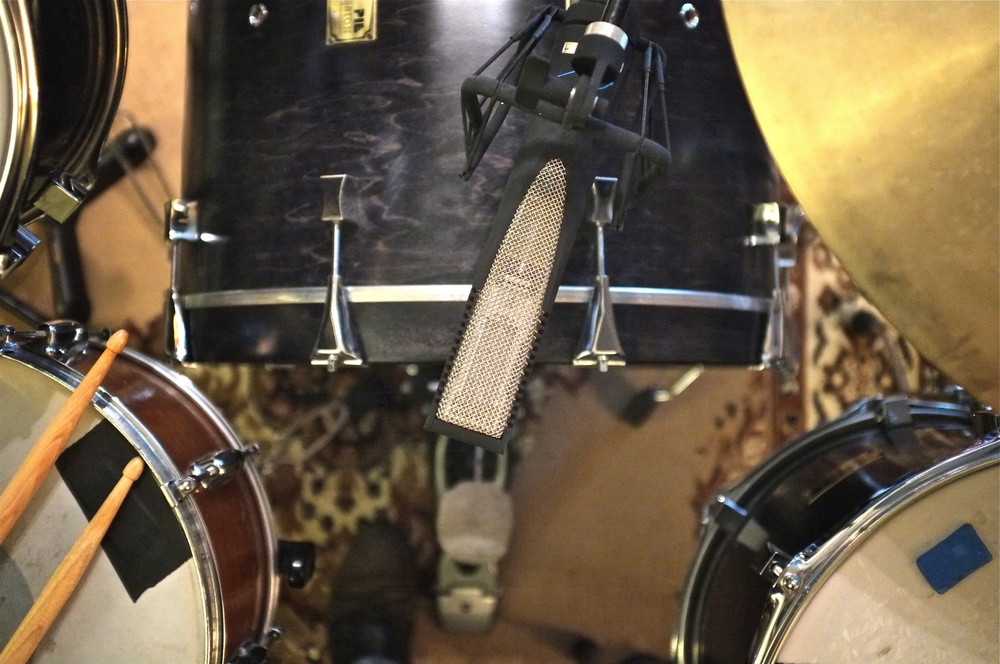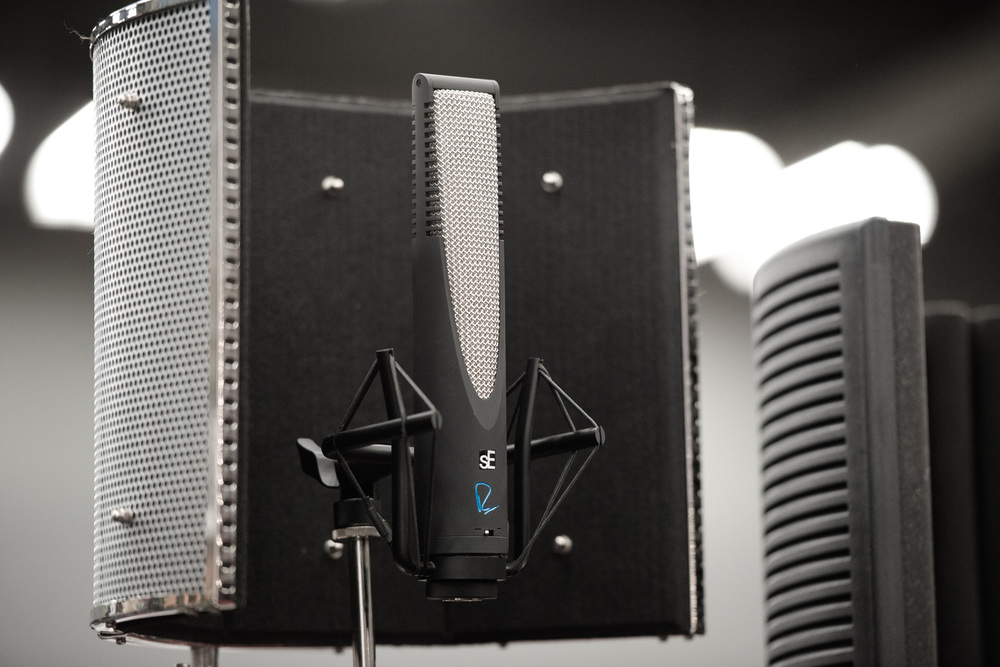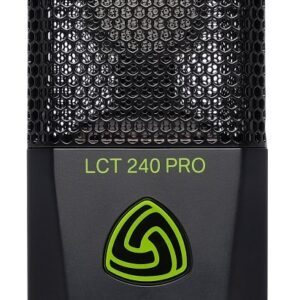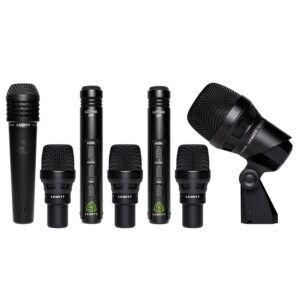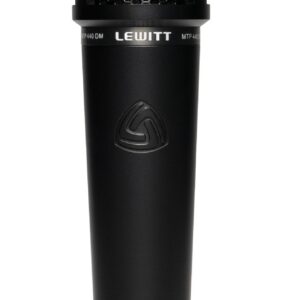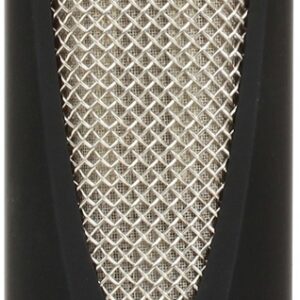For many decades ribbon mics have been used by engineers for their extremely natural sounding reproduction of source material. The nature of their performance differs greatly from condenser mics, which by comparison sound very ‘up front’ and lack the harmonic depth of a good ribbon.
Even at the high end of the market, the customary roll-off of almost all the top end frequencies has always been a major drawback. The frustration with all ribbons is – depending on the model – little or no performance past 7-10KHz, which is why condenser mics dominate the recording market.
The traditional appeal of the condenser then has been the assumption of consistent frequency response from 20Hz to 20KHz. The pay-off of course is that these mics require a certain degree of circuit board magic to achieve this, since the taughtness of the diaphragm – compared with relatively slack ribbon membranes – means condensers tend to be more ‘coloured’ in their sound.
Traditionally engineers using ribbons, however expensive, have had to accept their significant limitations or have had to augment the recording with a condenser mic to capture the high frequency absent from the ribbon output.


